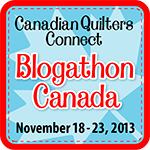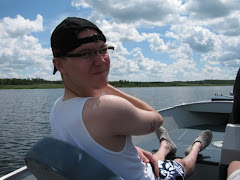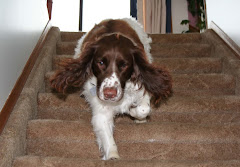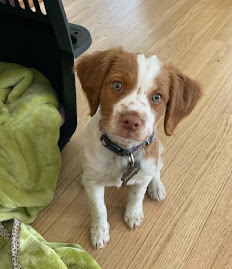My experience with all sewing machines is that if either the upper needle or the bobbin is not threaded correctly, the machine will not sew period. This is what the shuttle bobbin looks like threaded in my treadle.
My finger is pointing at the lever to raise the shuttle to remove it from the machine.
The lever raises the shuttle from the top end of the bobbin casing.
I hope you can see from these photos that the wire spring device is bent. There is quite a gap between the bobbin case and the metal spring.
The gap is at least as wide as a sewing machine needle is thick.
First fill the bobbin. Load the bobbin into the shuttle with the hole side of the rod bobbin first. If there is no hole in your rod bobbin load the rod so that the thread comes off the bobbin counter clockwise.
Draw the thread from top down the slot in the bobbin shuttle.
Follow the thread path up, through and under the spring.
Put the bobbin shuttle into the shuttle track.
With the needle threaded, hold the end of the needle thread and turn the wheel towards you, the needle thread will pull up the bobbin thread.
Next, slide something (seam ripper) between the presser foot and the throad plate to separate the upper and lower threads and completely pull up the lower bobbin thread end.
Check to ensure the upper needle thread is threaded correctly.

On this machine the needle must be threaded from left to right. When replacing the needle the flat part of the needle faces the right. Always test your stitches before sewing anything.
Top side.
Bottom
Loaded bobbin.
Treadle in action. For this blog post I was multitasking by running the sewing machine and camera at the same time.
I do not have a manual. However, my
Bernard Stoewer treadle is almost identical to the Singer 127, with the exceptions being the little hole on one side of the rod bobbin as well as Stoewer has a stitch length lever with a reverse, whereas the Singer has a screw to regulate stitch length and no reverse. The Singer 127/128 manual is available as a pdf for free from
ISMACS (International Sewing Machine Collectors' Society). Page 8 and 9 of this manual provide excellent written instructions with illustrations on how to thread the bobbin shuttle. Hope this helps! Enjoy and have fun sewing.







































































































